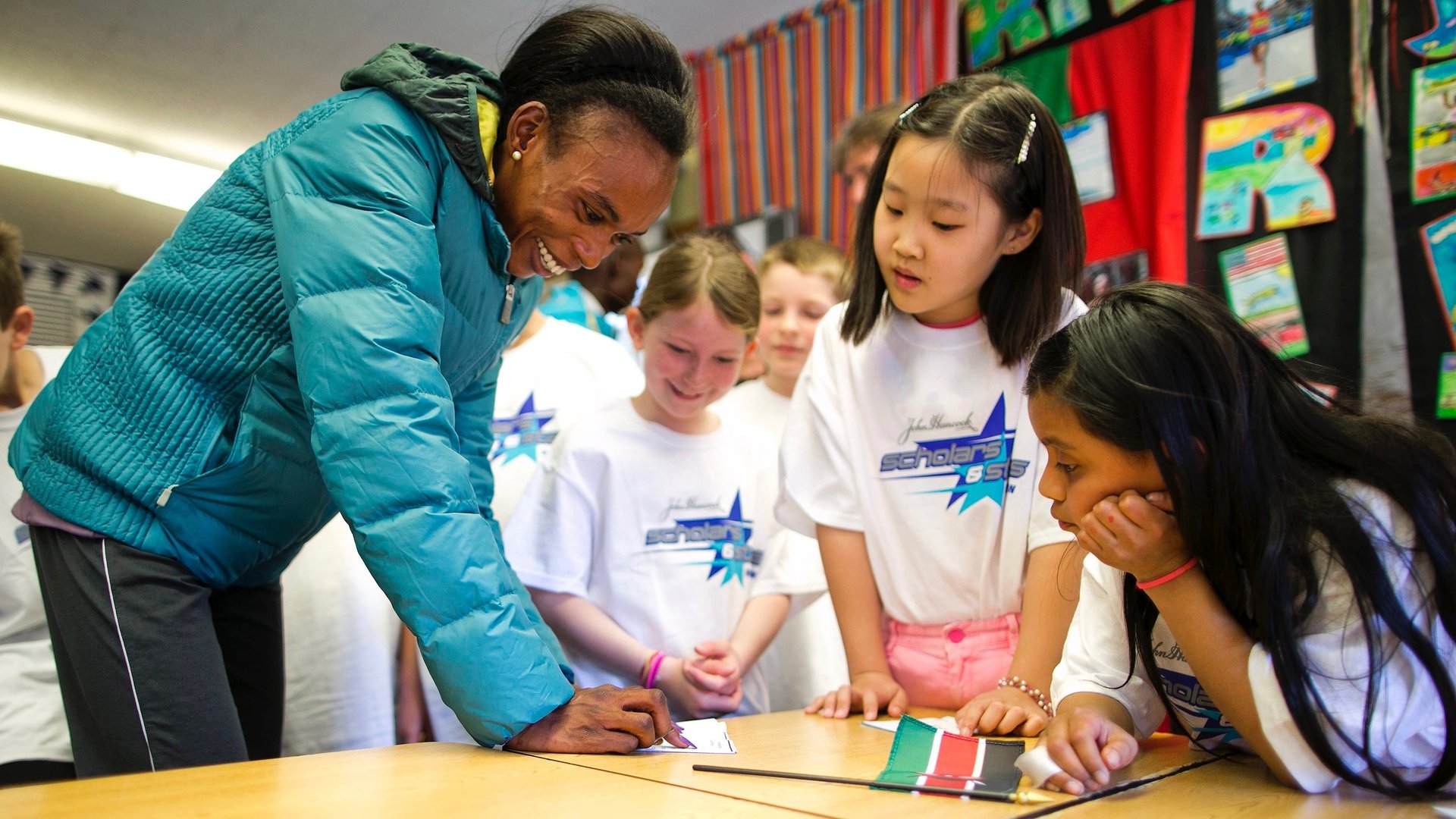Want an app for teaching people your language? You just have to ask—and work for it
Languages need advocates: people who speak up for them and get others interested in speaking them. ”Each new course we add to our platform is made because someone pushed for it,” says Luis Von Ahn, founder of the language learning app, Duolingo.


Languages need advocates: people who speak up for them and get others interested in speaking them. ”Each new course we add to our platform is made because someone pushed for it,” says Luis Von Ahn, founder of the language learning app, Duolingo.
Today (March 3), Duolingo, which already had courses in 22 languages, released its first lessons in an African language—Swahili. The course was requested by the Peace Corps Tanzania program to help train Americans, and Peace Corps volunteers spent 18 months helping the company develop it.
Anyone can suggest a new course. A letter from the prime minister of Wales helped convince the company to create a Welsh tutorial, for example. A teen from Ireland made a powerful case for the Irish course. Sometimes regional rivalry plays a role: When a Swedish tutorial came out, Finnish and Norwegian speakers didn’t want to be ignored, and inspired a flurry of Nordic linguistic activity.
To apply, volunteers start by writing essays in the two languages of their proposed course—Swahili and English, say. These must stand up to review by professional translators. Then, if Duolingo decides to accept a request for a new language, the petitioners for it can join the development team as volunteers.
But participating requires linguistic skill, patience, and a commitment to a long and rigorous process. Developing a new course, says Von Ahn, involves debating essential inclusions, alternate spellings, and grammatical quirks. The Irish teen joined the development team along with six other applicants; together they wrote 10,000 sentences, which were checked for errors and transformed into a tutorial in the app’s standard format.
The sentences are chosen to fit situations that are likely to arise in each language. Here are some sample sentences from the Swahili course:
- How is your day? Habari ya leo?
- How are you? Ninyi hamjambo?
- July is the cold season. Kipupwe ni mwezi wa saba.
- We rest at one in the afternoon. Tunapumzika saa saba mchana.
- Avocadoes and bread please! Maparachichi na mkate tafadhali!
- I am teaching English. Ninafundisha somo la Kingereza.
And here are some from Irish:
- Hello! It’s nice to meet you. Dia duit! Is deas bualadh leat.
- He speaks Irish. Labhraíonn sé Gaeilge.
- A tea and sugar. Tae agus siúcra.
- Cars are made in Dublin. Déantar carranna i mBaile Átha Cliath.
- They came up from the country to Belfast. Tháinig siad aníos as an tír go Béal Feirste.
- Where are the bogs? Cá bhfuil na portaigh?
Not just any language will make the cut. How many people clamor for it influences the decision to develop one. So does the impact that creating a course will have: If, for example, a language is in decline and a Duolingo course might help revive it, that can count in its favor. Very technically complex languages, on the other hand, are less likely to get the green light. Irish met all the criteria.
The Irish tutorial now has 3 million users worldwide, says Von Ahn; fewer than 2 million people speak the language in Ireland itself. At a ceremony in November, Irish president Michael Higgins honored the app maker and seven volunteer advocates, calling their linguistic contribution “an act of both national and global citizenship.”
There are more courses coming—Zulu and Hindi, to name two. But there’s no shortage of students, apparently, whatever the offering. Von Ahn expects Swahili to be popular with Duolingo’s 150 million existing users. “We have a lot of language nerds from around the world signed up. We’ve never launched a language that hasn’t reached a million users,” he says.